The genre is not normally known for ongoing franchises, although a select few series have managed to endure over the years. Although stories of cowboys, gunslingers, and outlaws often end in violent shootouts that close the door on any chance of a sequel, some Western stories have continued with sequels, spin-offs, and even subsequent television series. Highly quotable characters like Clint Eastwood’s The Man with No Name have even surpassed their Western origins to become cinematic legends known by viewers all over the world.
Some of the best Westerns of all time were expanded into franchises as stars like Lee Van Cleef, Yul Brynner, and Franco Nero returned to reprise their most famous characters. While Western movie sequels are often a rarity, certain directors have realized the potential of ongoing stories to expand upon the original stories and add depth and intrigue to the overall franchise. For those looking for , look no further than these excellent Western franchises.
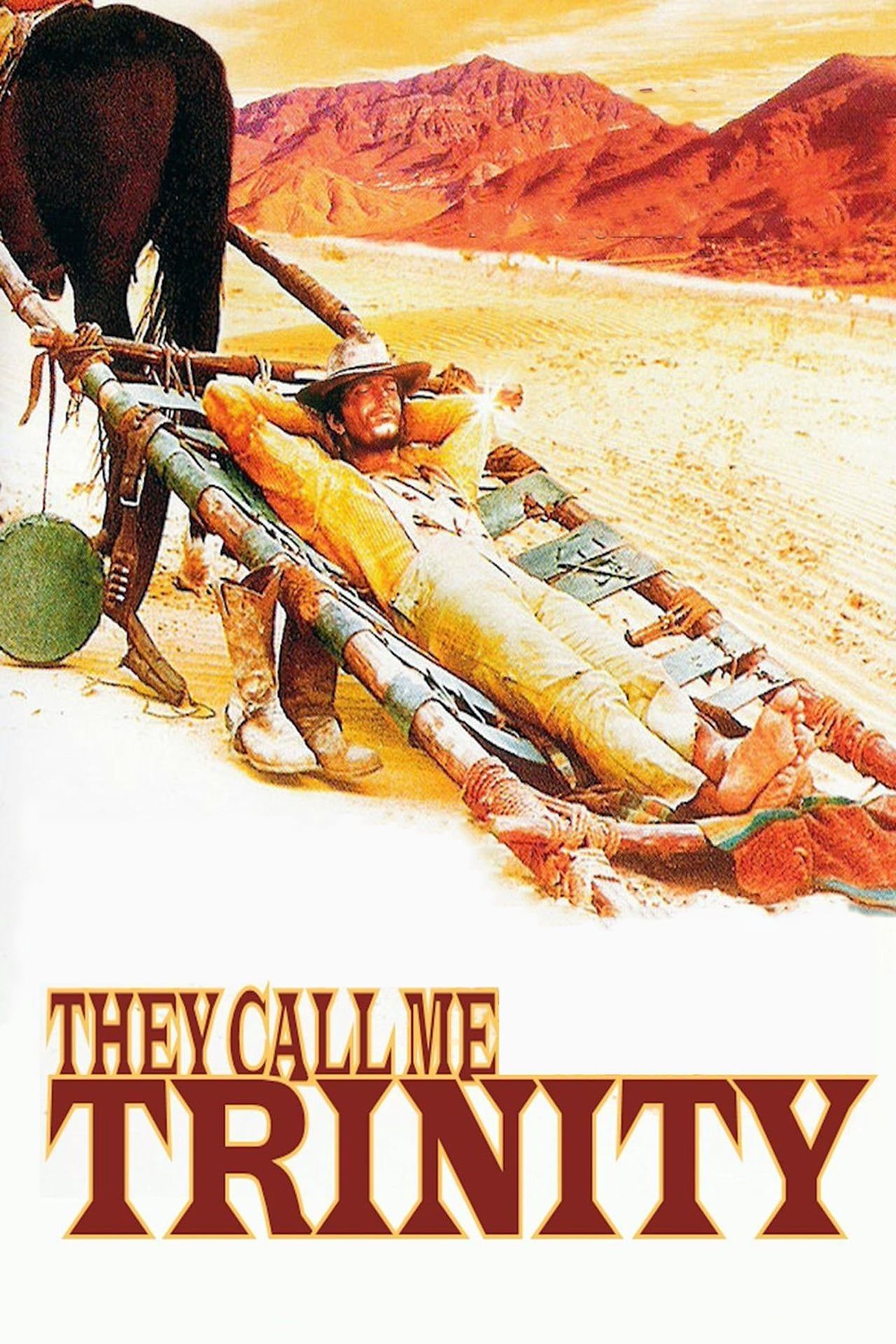
They Call Me Trinity
- December 22, 1970
- 115 Minutes
- Enzo Barboni
- Enzo Barboni
While Sergio Leone’s Dollars Trilogy remains the most famous example of the spaghetti Western genre, the parodied much of its appeal in their hilarious pastiche, They Call Me Trinity. Telling the story of two half-brothers defending a Mormon settlement from a Mexican bandit, the way this satirical story blended action and comedy served as a witty send-up of the gritty realism of 1960s Westerns. By leaning into the genre’s tropes and cliches, They Call Me Trinity managed to be simultaneously funny and engaging.
The success of They Call Me Trinity led to the arguably superior sequel Trinity Is Still My Name, which did even better at the box office. With Spencer returning as Bambino, trying to teach Hill’s Trinity how to be an outlaw, it was clear there was enough goodwill for these characters to sustain an ongoing film series. However, the third movie in the franchise didn’t live up to the expectations set by the first two, as Sons of Trinity didn’t feature Spencer or Hill, and watching the bandit sons instead felt like a parody of a parody.
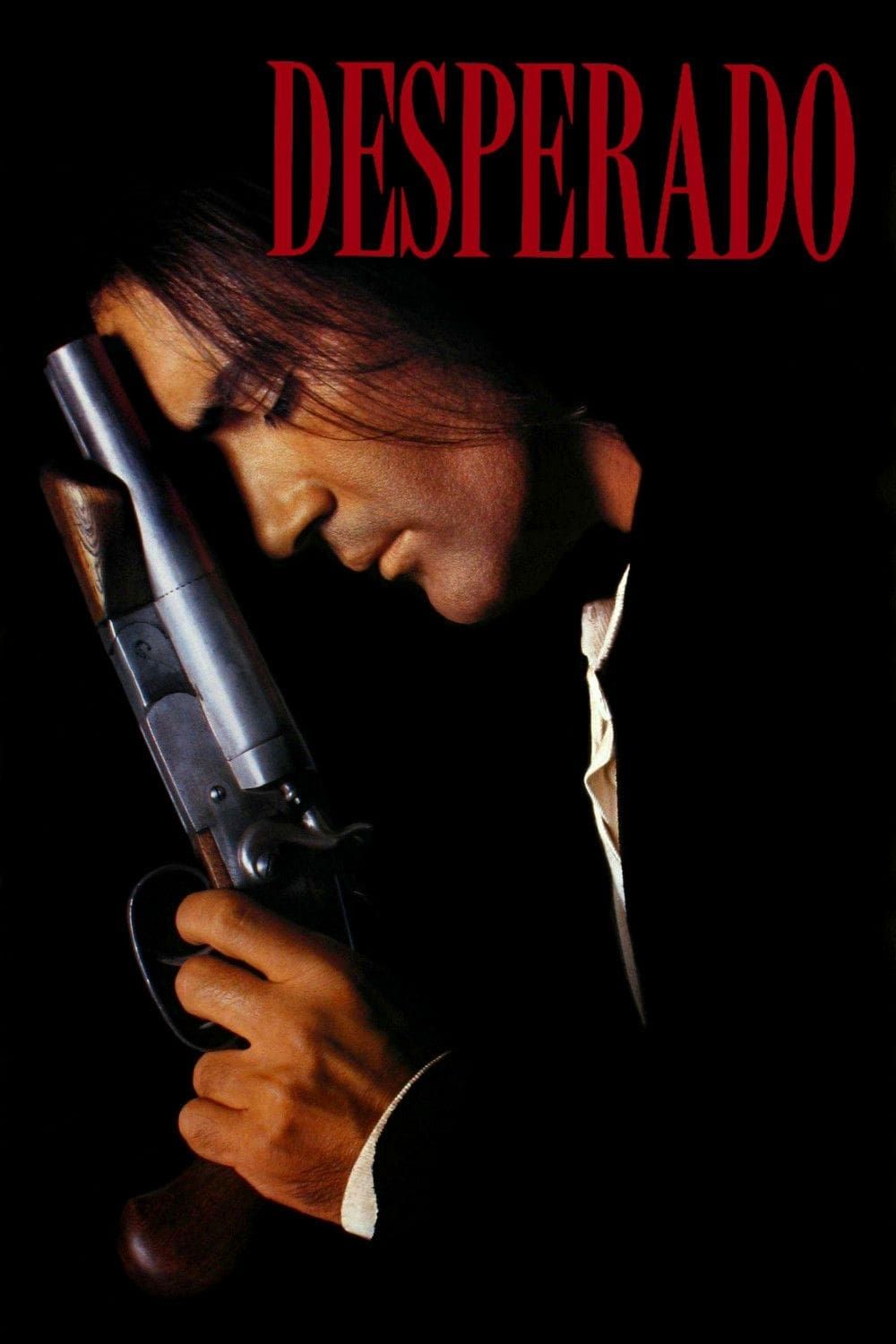
Desperado
- August 25, 1995
- 1h 44m
- Robert Rodriguez
Director Robert Rodriguez blended contemporary American and Mexican culture in his acclaimed Mexico trilogy, which includes El Mariachi, Desperado, and Once Upon a Time in Mexico. What started as an ultra-low-budget directorial debut made for just $7,000 soon grew into a mainstream neo-Western starring Antonio Banderas, Selma Hayek, Steve Buscemi, and Quentin Tarantino for the second installment. This serious jump in production values highlighted Rodriguez's immense talent as an up-and-coming director during the 1990s.
Rodriguez concluded his trilogy with Once Upon a Time in Mexico, which saw in a story that paid tribute to the classic work of Sergio Leone. Through plenty of stylized action and its humble indie origins, The Mexico Trilogy was a major work from Rodriguez that captured his ability to blend genres in a way that felt totally unique.
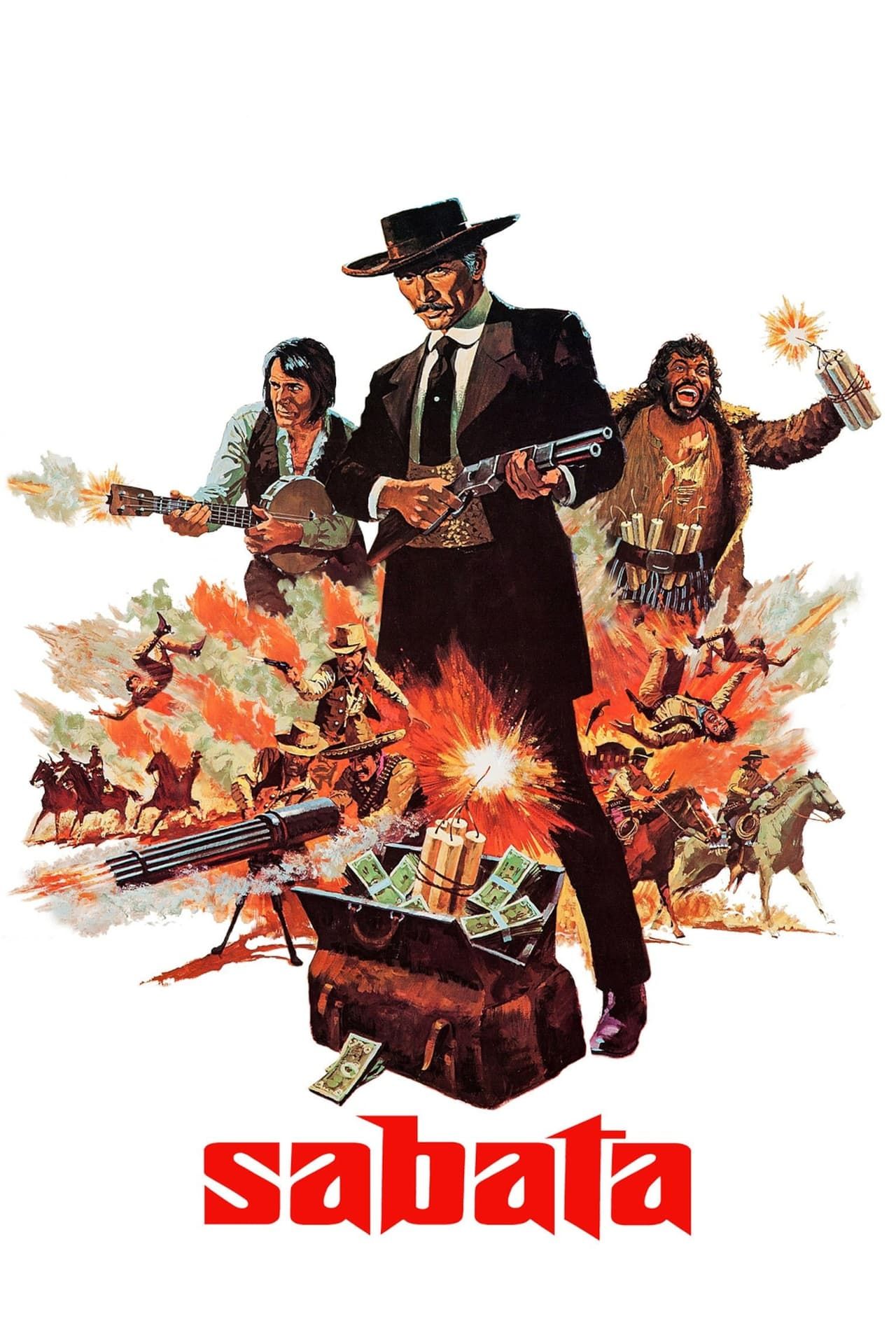
Sabata
- September 17, 1969
- 111 Minutes
While casual Western fans will recognize Lee Van Cleef for his role in Sergio Leone’s Dollars Trilogy, those in the know will name the Sabata series as a definitive example of the star's appeal. With Van Cleef as the fast-shooting, gunslinging title character who solves all his problems with bullets, this was an action-packed franchise featuring a calm, cool, and calculated anti-hero. Coming from director Gianfranco Parolini, the first .
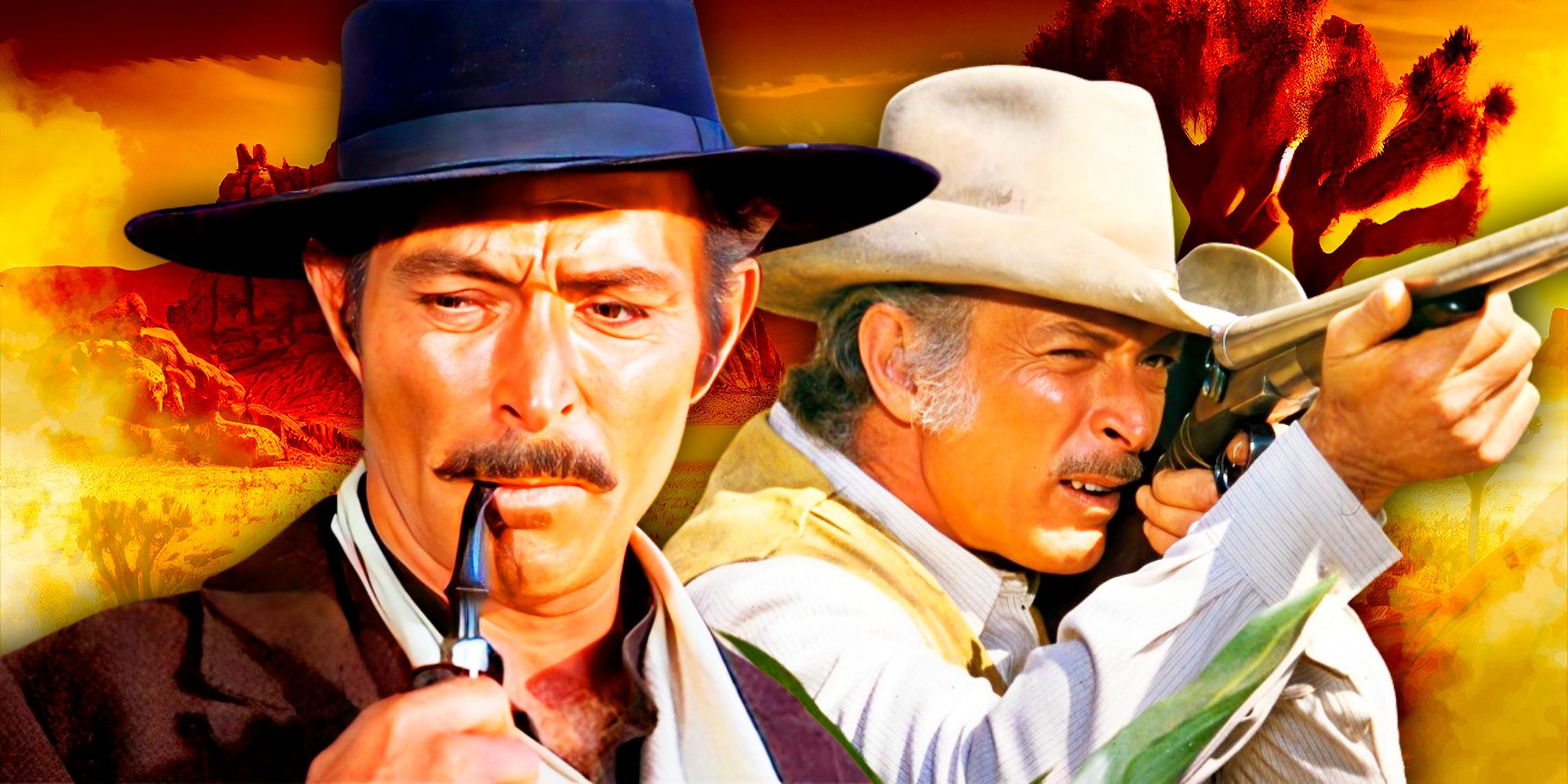
Related
Lee Van Cleef's 10 Best Western Movies, Ranked
With a cool charisma, Lee Van Cleef portrayed heroes and villains in some of the greatest Western movies of all time by legendary filmmakers.
The success of Sabata led to an entire trilogy, although Van Cleef was recast with Yul Brynner in the second installment, Adiós, Sabata released the following year. Brynner brought his own unique energy to the title role, and the series remained as outrageous and enjoyable as ever. However, Western fans welcomed the return of Van Cleef for the final entry in the trilogy, Return of Sabata from 1971.

Westworld
- Michael Crichton, Jonathan Nolan, Lisa Joy
- Westworld (1973)
- Futureworld
- Beyond Westworld
Before originating acclaimed sci-fi works like Jurassic Park, author, screenwriter, and director Michael Crichton gave the world a unique sci-fi Western franchise with the release of Westworld. This satirical tale of a Wild West-themed amusement park populated by artificially intelligent androids not only led to the 1973 cult favorite film but also the sequel, Futureworld, and two different TV series.
While the 1980s television series Beyond Westworld was a forgettable follow-up that has had little enduring cultural relevance, it was that was one of the most uniquely engaging TV shows of modern times. As a highly relevant look at the worrying potential of AI that explored complex themes of consciousness and free will, the series creators, Jonathan Nolan and Lisa Joy, pushed the already fascinating ideas laid out in the original movie even further to make one of the most thought-provoking shows in living memory.
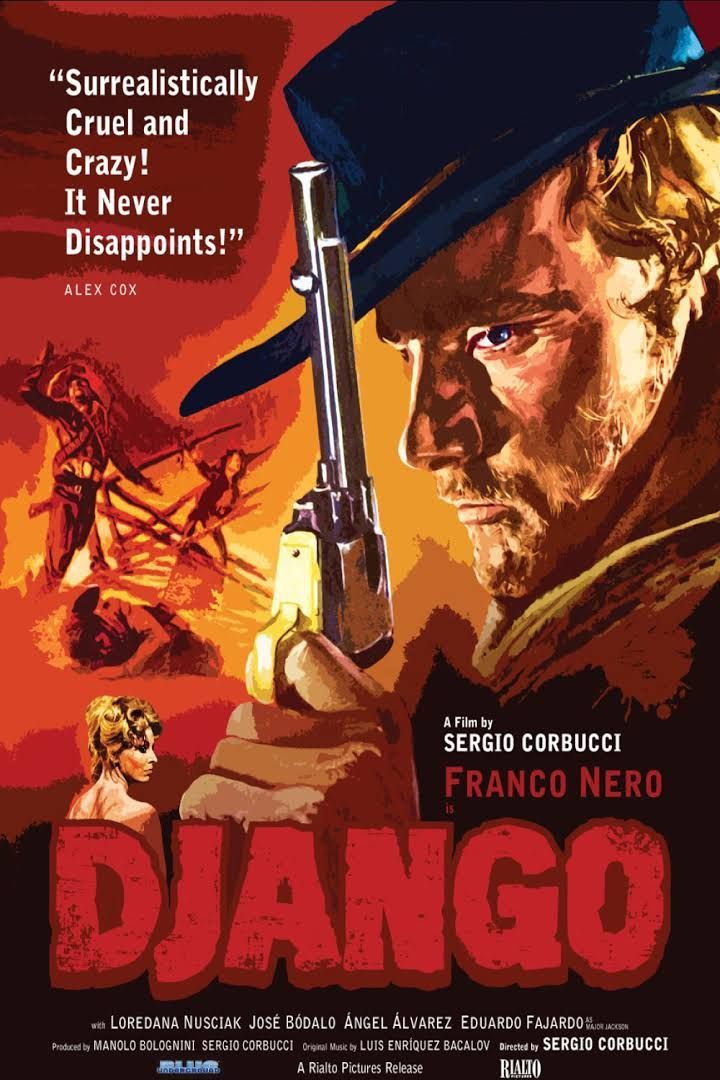
Django
- November 30, 1966
- 91 Minutes
Perhaps the only Western antihero who can stand up to the acclaimed legacy of Clint Eastwood’s The Man with No Name was Franco Nero as the title character in Django. This ultra-violent spaghetti Western followed a Union soldier turned drifter facing off against a band of Mexican revolutionaries in a bloody battle that was an early example of the kind of stylish violence later embraced by Quentin Tarantino. In fact, , which featured Nero reprising his role.
While Django only ever received one official sequel, Django Strikes Again, made more than 20 years later, it was the subject of more than 30 unofficial sequels. Although most of these movies had nothing to do with Sergio Corbucci's original film, they mimicked its style and attitude and attempted to cash in on its name recognition. Django is also considered a part of Corbucci’s Mud and Blood trilogy, which also includes The Great Silence and The Specialists.
The HBO Western series Deadwood took the true story of a small Wild West encampment's transformation into a fully fledged town and adapted it into one of the most intelligent and engaging television shows of all time. With Ian McShane leading an impressive ensemble cast, Deadwood presented a vivid, gritty, and uncompromising version of the American frontier that included real historical figures and plenty of violence and vulgarity. With just a brief, three-season run, , and it would take 13 years for it to finally conclude in the form of an epilogue made-for-TV movie.
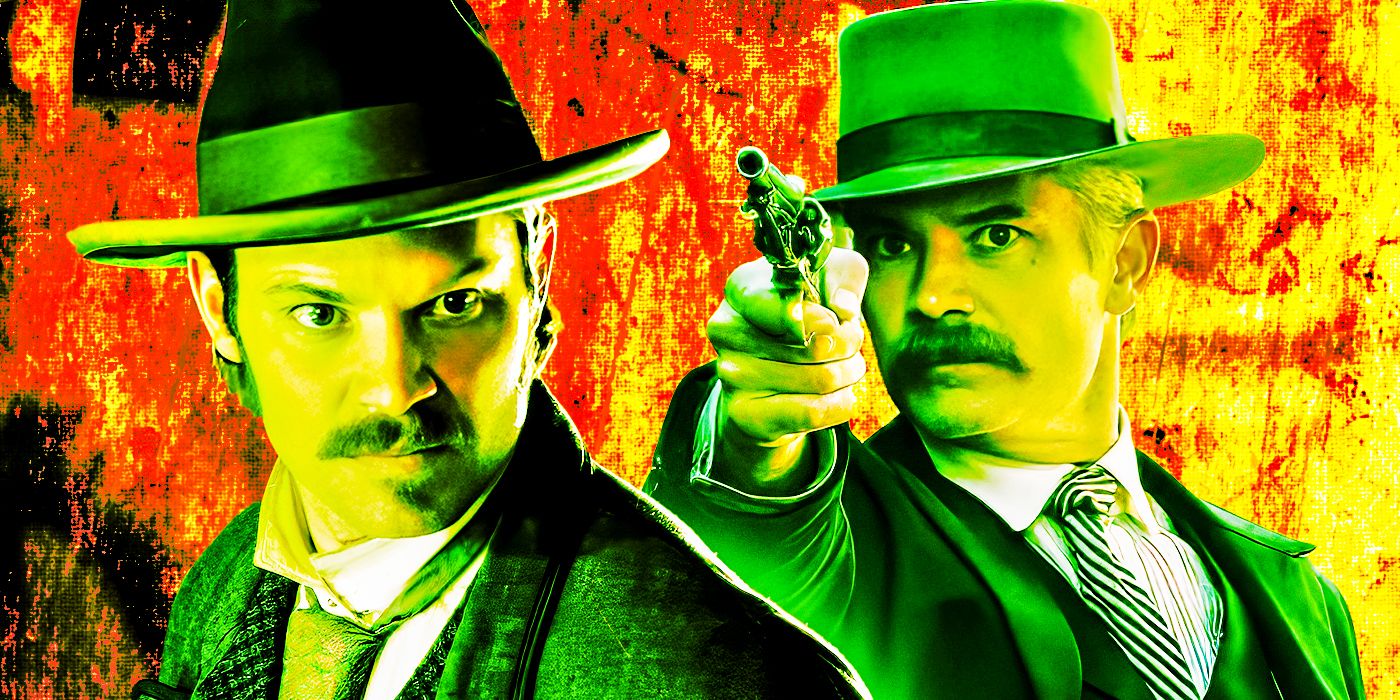
Related
Is Deadwood Historically Accurate? 15 Events The Show & Movie Got Right
Deadwood is based on several real events that occurred in the mining town, including Wild Bill Hickok's murder and other Wild West lore.
Deadwood: The Movie offered audiences a chance to say goodbye to the show’s incredible cast of diverse characters and at last finished the story of the South Dakota town’s embracement of civilization. As a social and political document that showcased the complex intricacies of law and order being implemented in real time, Deadwood addressed the thought-provoking implications of the dying days of the Wild West that are so often skirted over in other, less pressing Western movies and TV shows.
The Magnificent Seven was one of the most influential Westerns of all time, as it adapted Akira Kurosawa’s classic Seven Samurai into a Wild West story of epic proportions. With an all-star cast of Western gunslingers helping a small village protect themselves from a group of Mexican bandits, the world of The Magnificent Seven was quickly expanded into an ongoing franchise led by Yul Brynner as Chris Adams.
While later movies like Return of the Seven, Guns of the Magnificent Seven, and The Magnificent Seven Ride! didn’t have quite the same appeal as the original, they still stood as enjoyable follow-ups. The Magnificent Seven was also adapted into a TV series during the 1990s. As an iconic release whose popularity has endured throughout the decades, and included appearances from Denzel Washington, Ethan Hawke, and Chris Pratt.
The Lonesome Dove series was and told the story of several members of the Texas Ranger Division from the time of the Republic of Texas up until the beginning of the 20th century. As a sprawling account of life in the era of the Wild West that unpacks the myth of America, explores themes of family, and addresses the consequences of luck, fate, and chance, Lonesome Dove offers a clever, insightful, and emotional account of the story of America.
Not only was Lonesome Dove adapted into an acclaimed four-part miniseries in 1989, but the series continued with four subsequent miniseries. As an epic journey that captured the complexities of McMurtry’s novels, the Lonesome Dove series included Return to Lonesome Dove, Streets of Laredo, Dead Man's Walk, and Comanche Moon.
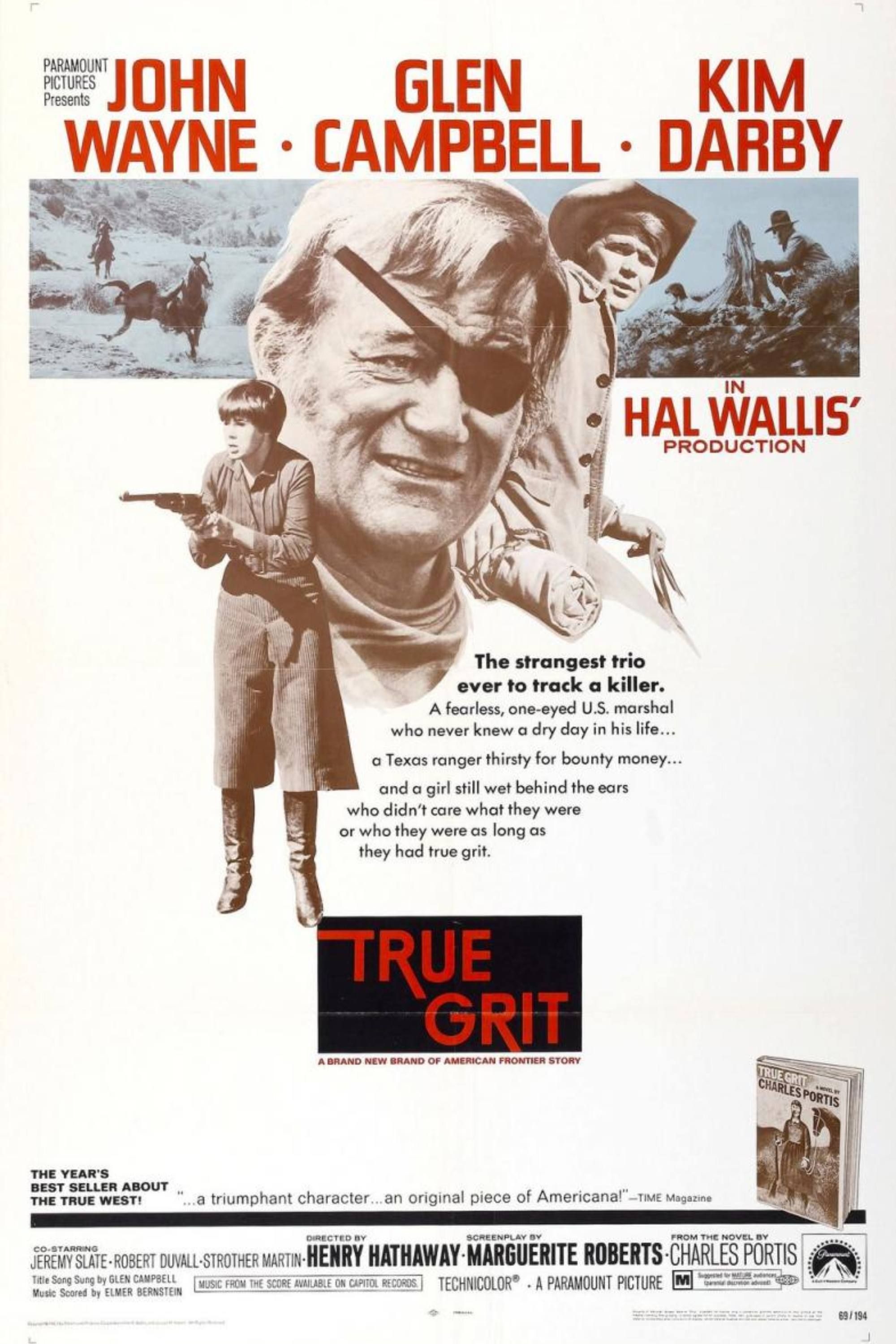
True Grit
- June 11, 1969
- 128 minutes
The True Grit movies represent some of the best Westerns of all time and were an incredible account of the adventures of Reuben J. "Rooster" Cogburn in the Old American West. As an eye-patch-wearing bounty hunter who first appeared in the original novel by Charles Portis, the character was originally portrayed by John Wayne and later by Warren Oates in a TV movie and Jeff Bridges in the Coen brothers’ acclaimed remake.
While , the most well-known was in True Grit, where he teamed up with the brash young girl Mattie Ross to help her track down her father’s killer. This all-time great Western story made for thrilling viewing, with both the original and the remake often ranking among the best Westerns ever made. While the sequels Rooster Cogburn (...and the Lady) and True Grit: A Further Adventure weren’t nearly as acclaimed, they still were enjoyable expansions that highlighted this franchise’s potential.
No Western franchise was more iconic than Sergio Leone’s Dollars Trilogy, a series of three fantastic movies that reinvigorated the Western genre and kickstarted the era of the spaghetti Western. With , these gritty, violent, and often funny tales of gunslingers and outlaws were filled with witty one-liners and fast-paced action. With Eastwood joined by Western legends like Lee Van Cleef, even those who haven’t seen these movies will be well aware of their cultural impact.
Consisting of A Fistful of Dollars, For a Few Dollars More, and The Good, the Bad and the Ugly, practically every scene of this trilogy oozed style and charisma. With an iconic original score from Ennio Morricone, the music of the Dollars Trilogy is immediately recognizable to casual Western fans. There have been several great franchises over the years, but among them all, the Dollars Trilogy stands supreme.




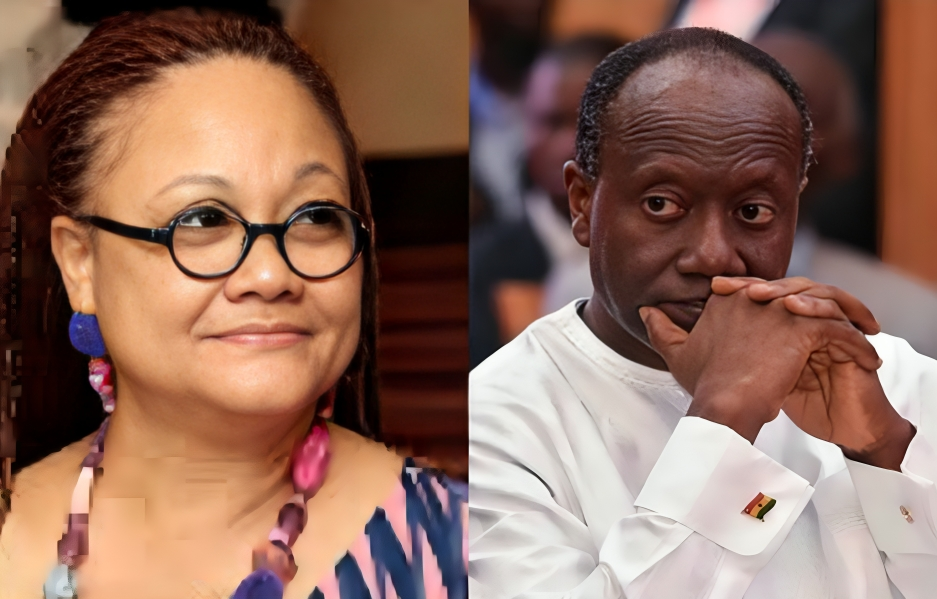



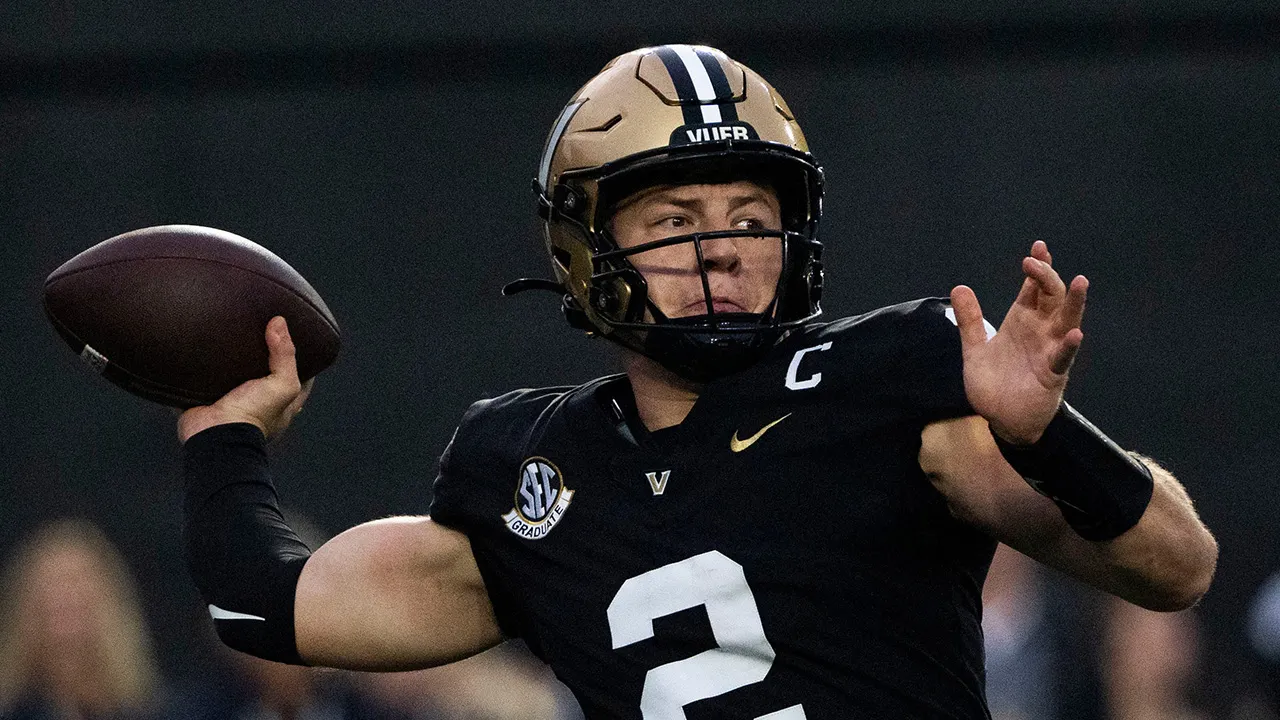
:max_bytes(150000):strip_icc()/PARENTS-Megan-Fox-babyname-63983dbd71c14b20bc43d3ebbf1d30a5.jpg)
:max_bytes(150000):strip_icc()/Parents-Kids-Movie-Trivia-6be98ecd89b84387a55c8164c527081a.jpg)
